Georgetown’s storied past is intricately tied to the experiences of its Black community. From the dark legacy of the transatlantic slave trade to the inspiring triumphs of civil rights pioneers, this neighborhood’s history is a testament to both oppression and resilience. Though faced with immense challenges, the people of Black Georgetown forged an indelible mark, shaping the social and political landscape of the nation. Their stories, long obscured, now demand to be heard and honored – revealing a past that is as complex as it is compelling.
Good To Know
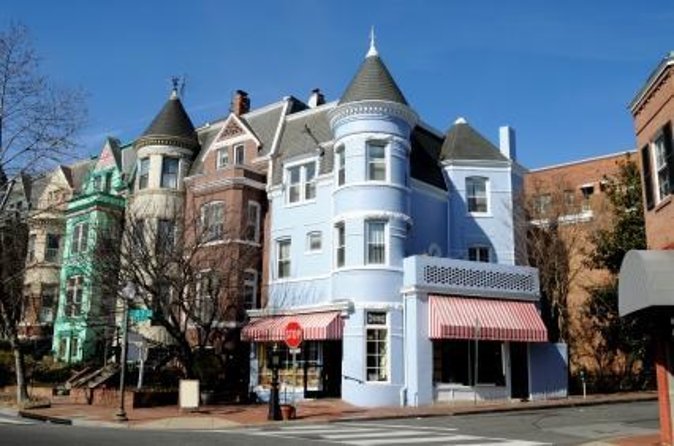
- Georgetown’s economy in the 18th and 19th centuries was heavily reliant on the exploitation of enslaved Africans in the tobacco trade.
- Prominent Black residents, such as Elizabeth Keckly and Yarrow Mamout, achieved remarkable success and became symbols of economic empowerment.
- Georgetown played a pivotal role in the abolitionist movement, with local support for ending slavery and participation in the Underground Railroad.
- After emancipation, Black residents faced ongoing challenges, but community organizations like Mount Zion Church and the Female Union Band Society provided vital support.
- Gentrification and preservation efforts have sought to safeguard the neighborhood’s rich Black cultural heritage and legacy of resilience and activism.
Tobacco Exportation and Slave Trade

During the 18th and 19th centuries, Georgetown served as a bustling port for the exportation of tobacco, a lucrative cash crop that relied heavily on the labor of enslaved individuals.
The area’s proximity to the Potomac River made it an ideal location for the tobacco trade, which saw the forced displacement of thousands of Africans to work on nearby plantations.
Georgetown’s prosperity was built upon this exploitative system, as the town’s elite profited from the sale and export of tobacco harvested by enslaved hands.
This dark history underscores the integral role the slave trade played in shaping the development of Georgetown.
You can also read our reviews of more tours and experiences in Washington DC.
Influential Black Residents
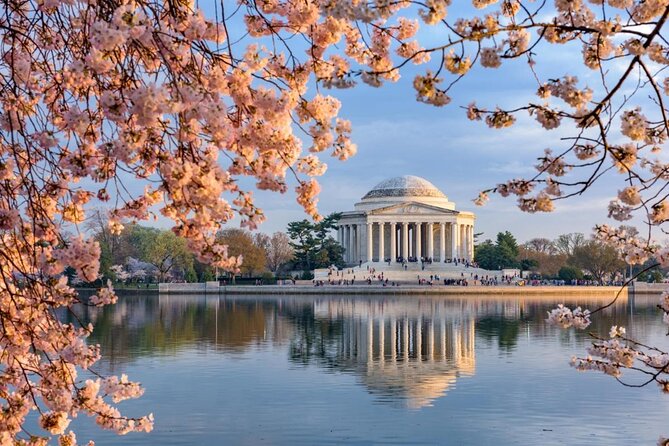
Despite the oppressive legacy of the slave trade, Georgetown’s black community persevered and produced numerous influential individuals who left an indelible mark on the neighborhood. These trailblazers include:
| Name | Significance |
|---|---|
| Elizabeth Keckly | Entrepreneur and confidante to Mary Todd Lincoln |
| John Syphax | Prominent businessman and activist |
| Yarrow Mamout | Successful banker and property owner |
| Anna Julia Cooper | Renowned educator and author |
Their stories and contributions highlight the resilience and ingenuity of Georgetown’s African American residents, who overcame systemic barriers to shape the community’s rich history.
Georgetown’s Role in Abolition

Georgetown played a pivotal role in the abolitionist movement, with prominent residents actively championing the cause of ending slavery. Notable figures like Francis Scott Key and John Orr organized anti-slavery societies and advocated for the abolition of the slave trade. Their efforts helped raise awareness and galvanize support for the abolitionist cause, both locally and nationally.
The neighborhood’s proximity to the nation’s capital also made it a strategic hub for anti-slavery activism. Georgetown’s black community, including free and enslaved individuals, participated in the Underground Railroad, providing refuge and assistance to those fleeing enslavement.
This legacy underscores Georgetown’s integral role in the historic struggle for racial justice and equality.
Emancipation and Reconstruction Challenges
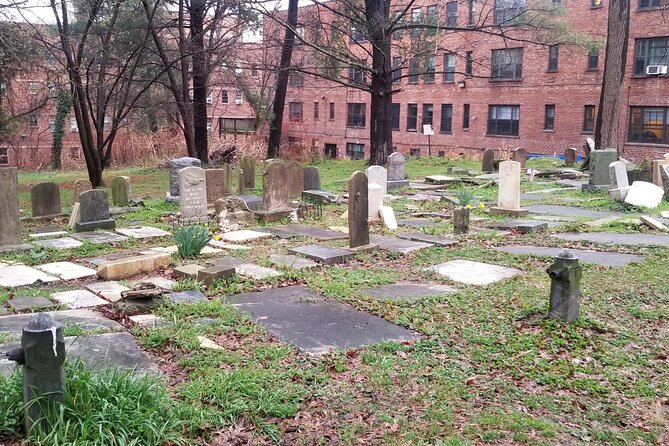
Following the abolition of slavery, the formerly enslaved black residents of Georgetown faced immense challenges during the Reconstruction era. Poverty, lack of education, and limited economic opportunities severely hindered their ability to fully participate in the newly emancipated society. The transition to freedom was further complicated by ongoing racial discrimination and violence. To address these issues, various organizations emerged, including:
| Organization | Focus |
|---|---|
| Mount Zion Church | Spiritual guidance and community support |
| Female Union Band Society | Empowerment and education for black women |
| Freedmen’s Bureau | Government-led assistance programs |
These groups played a crucial role in supporting the Black community’s efforts to overcome the obstacles of the Reconstruction period.
Black Churches and Community Organizations
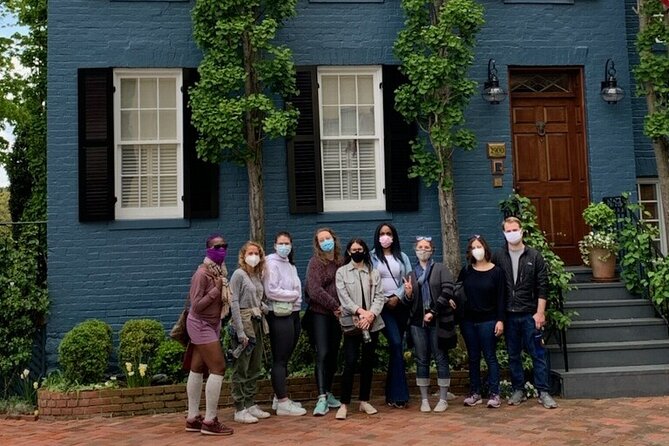
Several influential Black churches and community organizations emerged in Georgetown during the late 19th and early 20th centuries.
The Mount Zion United Methodist Church, established in 1816, became a hub for the Black community.
The Female Union Band Society, founded in 1833, provided mutual aid and supported education.
The Colored Union Benevolent Association, active in the 1860s, assisted the needy.
These groups fostered a sense of community, offered social services, and advocated for racial justice.
They played a vital role in sustaining and empowering Georgetown’s Black residents during a period of profound social and economic change.
Segregation and Civil Rights Activism
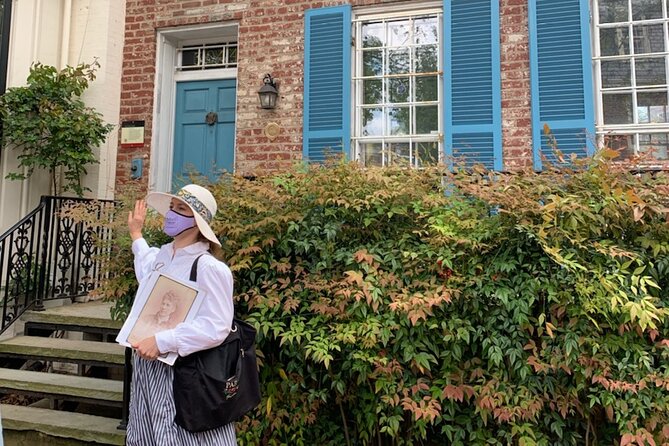
Amid the backdrop of pervasive racial segregation, Georgetown’s Black residents steadfastly engaged in civil rights activism. They protested discriminatory housing policies, fought for equal employment opportunities, and advocated for desegregation of public spaces.
Local organizations like the NAACP spearheaded these efforts, organizing marches, boycotts, and community mobilization. Key figures, such as civil rights leader Esther McCready, challenged racial barriers through legal action and direct action.
The struggle for equality in Georgetown mirrored the broader national movement, as residents fought to dismantle the systems of oppression that had long denied them basic rights and freedoms.
Gentrification and Preservation Efforts
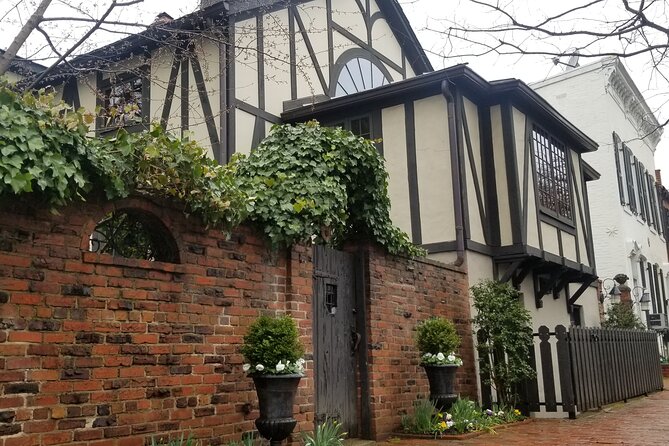
As years passed, the historic Georgetown neighborhood began to grapple with the challenges of gentrification. Rising property values and an influx of wealthier residents threatened to displace the long-standing Black community.
In response, preservation efforts emerged to safeguard the neighborhood’s cultural heritage. Local organizations worked to highlight the contributions of influential Black residents and advocate for the protection of historic sites.
Despite the pressures of development, the community remains committed to honoring Georgetown’s rich Black history and ensuring its legacy endures.
Ongoing initiatives aim to strike a balance between progress and preserving the unique character that has defined Black Georgetown for generations.
Legacies and Ongoing Significance
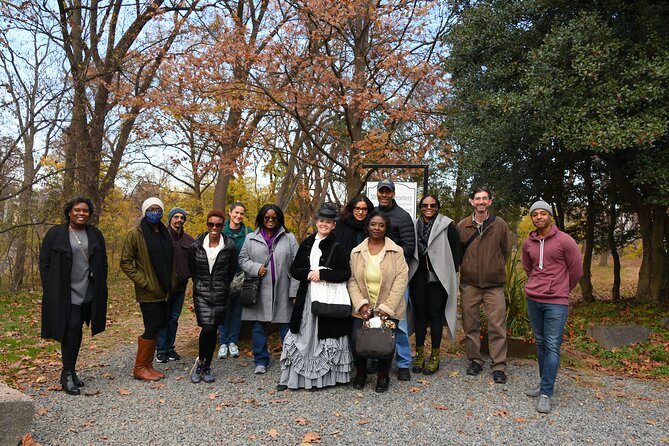
The legacies and ongoing significance of Black Georgetown remain profoundly felt, shaping the neighborhood’s identity and cultural landscape. The neighborhood’s history has produced influential figures and vibrant communities that continue to leave their mark.
Key legacies include:
-
The resilience and perseverance of Black residents who overcame systemic oppression and built thriving communities.
-
The rich cultural heritage, including the legacy of Georgetown’s historic churches, schools, and community organizations.
-
The ongoing efforts to preserve and celebrate Black history, ensuring that the neighborhood’s past isn’t forgotten.
These legacies inspire continued activism, cultural preservation, and community empowerment in Georgetown, ensuring that the neighborhood’s Black history remains a vital and living part of its identity.
Things To Known
What Were the Primary Occupations of Black Residents in Historic Georgetown?
Many black residents of historic Georgetown were employed as laborers, domestic servants, and tradespeople like blacksmiths and carpenters. They played vital roles supporting Georgetown’s thriving tobacco trade and affluent white population.
How Did the Black Community Respond to Urban Renewal Efforts in the 20TH Century?
The black community in Georgetown staunchly opposed urban renewal efforts that threatened to displace longtime residents and destroy historic neighborhoods. They organized protests and lobbied for preservation to protect their cultural heritage and community.
What Were Some Notable Social and Cultural Events Hosted by Black Organizations?
Black organizations in Georgetown hosted notable social and cultural events like fundraising galas, community picnics, and educational workshops to celebrate African-American heritage and uplift the community in the face of urban renewal efforts.
How Has the Demographic Makeup of Black Georgetown Changed Over Time?
The demographic makeup of Black Georgetown has changed significantly over time. Once a vibrant center of Black life, gentrification has steadily reduced the Black population in recent decades, though efforts remain to preserve the neighborhood’s historic African American heritage.
What Are Some Current Initiatives to Commemorate and Preserve Black History in the Area?
Several initiatives commemorate and preserve Black history in Georgetown, including the Black Georgetown Remembered walking tour, the Georgetown African American Historic Landmark Project, and restoration efforts at historic Black churches and cemeteries in the area.
Sum Up
The history of Black Georgetown is a testament to resilience and perseverance. From the struggles of the tobacco trade and slavery to the triumphs of civil rights activism, this community has endured and contributed immensely to the fabric of the city. Though facing challenges like gentrification, the legacy of Black Georgetown continues to inspire ongoing efforts for empowerment and cultural preservation, ensuring its enduring significance.
More Historical Tours in Washington DC
- Family Friendly Smithsonian Natural History Museum Private Tour
- Smithsonian American History Museum Small-Group Guided Tour
- Private African American History Tour With Museum Entry
- Faith Heritage Private Guided Bus Tour – Up to 12 People
- Hidden History Tour With Clara Bartons Missing Soldiers Museum
- Exclusive Georgetown Spy History Tour With a Former CIA Officer
More Tour Reviews in Washington DC
- Washington to Washington Airport (IAD) Departure Private Transfer
- Washington DC National Mall Augmented Reality Treasure Hunt
- Washington to Washington Airport (DCA) Departure Private Transfer
- Family Friendly Smithsonian Natural History Museum Private Tour
- Private 4-Hour Walking Tour in Washington With Official Tour Guide
- Departure Private Transfer: Washington to Baltimore Airport BWI in Luxury Van
Not for you? Here's more nearby things to do in Washington DC we have reviewed
- Washington to Washington Airport (IAD) Departure Private Transfer
- Washington DC National Mall Augmented Reality Treasure Hunt
- Washington to Washington Airport (DCA) Departure Private Transfer
- Family Friendly Smithsonian Natural History Museum Private Tour
- Private 4-Hour Walking Tour in Washington With Official Tour Guide
- Departure Private Transfer: Washington to Baltimore Airport BWI in Luxury Van
- Smithsonian American History Museum Small-Group Guided Tour
- Departure Private Transfer: Washington to Dulles Airport IAD in Business Car
- Private Transfer Washington Airport DCA to Washington DC Hotels
- Private Tour Night-Time of Washington DC
- Arrival Private Transfer: National Airport DCA to Washington in Luxury Van
- Private Trout Fishing Excursion in Virginia
